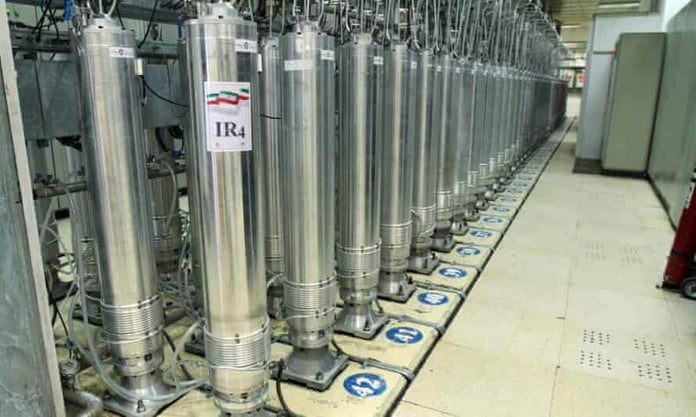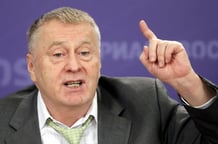
Iran announced today, Saturday, that it has identified the suspect in the attack that sabotaged centrifuges at the Natanz nuclear site, and said he had fled the country.
State TV published the identity of the 43-year-old suspect, Reza Karimi. He showed a copy of the passport of a man he knew as Karimi, saying he was born in the Iranian city of Kashan.
The report did not explain how Karimi reached one of the most secure facilities in Iran.
The report also broadcast what appeared to be an Interpol “red notice” requesting his arrest.
The arrest notice was not immediately available on INTERPOL’s public database. Interpol, based in Lyon, France, did not immediately respond to a request for comment.
The TV report said that “necessary procedures” are underway to return Karimi to Iran through legal channels, without going into details.
INTERPOL’s supposed “Red Notice” listed his travel date as including Spain, the United Arab Emirates, Kenya, Ethiopia, Qatar, Turkey, Uganda, Romania and another country that could not be read in the broadcast.
The report also showed the presence of centrifuges in one of the halls, as well as what appeared to be a warning tape at the Natanz facility.
While the extent of the damage caused by the April 11 sabotage remains unclear, it comes at a time when Iran is trying to negotiate with world powers over allowing the United States to re-enter its nuclear deal with those powers and lift economic sanctions that you are facing.
Iran has already begun enriching uranium to a purity of 60 percent in response, which is three times higher than ever before, albeit in small quantities.
Sabotage and Iran’s response to it have also fueled tensions across the Middle East, as a shadow war continues between Tehran and Israel, the main suspect in sabotage.
This is while negotiations on the nuclear deal continue on Saturday in Vienna.
The 2015 deal, from which former President Donald Trump unilaterally withdrew the United States in 2018, prevented Iran from storing enough highly enriched uranium to be able to acquire a nuclear weapon if it chose to do so in exchange for the lifting of economic sanctions.
Iran insists its nuclear program is peaceful, although the West and the International Atomic Energy Agency said Tehran had an organized military nuclear program until the end of 2003.
An annual US intelligence report released on Tuesday confirmed the old US assessment that Iran is not currently trying to build a nuclear bomb.
Iran previously said it could use uranium enriched to up to 60 percent for nuclear-powered ships. However, Iran does not currently have such ships in its naval fleet.
He described the attack on Natanz at first as a mere blackout, but later Iranian officials began describing it as an attack and sabotage at the nuclear facility in Natanz .
In an interview with state television, an Iranian official indicated that “several thousand centrifuges were damaged and destroyed.”
However, no other official provided this figure, and no pictures of the aftermath of the attack were published.













